Scale has an undeniable impact on how we view art, whether large or small. Some artists seek to impress with the sheer size of their works – just think of the ‘wow’ effect of Jeff Koons’ monumental, flower-bedecked Puppy or Ron Mueck’s giant, hyperreal and wonderfully grotesque sculptures, which prove that too much reality can be a very troublesome thing.
However, it is arguably the field of miniature art that brings out the most wide-eyed sense of childlike wonder in us all. Aside from the artistic qualities of such works, there is the curiosity of just how the work was achieved from a technical standpoint. Miniature art also takes the viewer back to a point in time when not only was the viewer smaller, but so were many of the objects that they called their own – when one was fascinated by even smaller creations and worlds, whether LEGOs, doll’s houses, Polly Pocket, action figures or whatever each generation fashions as an escapist fantasy for children to play with.
As much as we’re impressed by the shock and awe of supersize art, in this article we’re reaching for a small vial with an intriguing ‘Drink Me’ label attached to it… Join us as we shrink down to explore a veritable wonderland of miniature marvels.
It’s A Small World
The humble snow globe is perhaps the most visible symbol of childhood fantasies of miniature worlds. Over the past 20 years, artists Walter Martin and Paloma Muñoz have been the greatest proponents of utilising the artistic potential of the snow globe to its maximum effect. They have done so, however, with a deliciously chilling and subversive approach that echoes the original fairy tales of the Brothers Grimm.
View this post on Instagram
View this post on Instagram
The World Outside
Fellow miniaturist Thomas Doyle breaks out of the dome, but follows a similarly dark and dreamlike path to Martin and Muñoz with his dioramas of scenes that deliver a Lynchian twist on typical suburban American settings. The sudden disturbance of these otherwise perfectly conventional environments unsettles the viewer, but also leaves them intrigued by the artist’s vision and intention, as if trying to interpret the full meaning and narrative flow of Lynch’s Mulholland Drive or Hitchcock’s The Birds from a single still image.
View this post on Instagram
View this post on Instagram
Get To The Point
Okay, so we’ve captured your attention this far – for which we thank you – but you might be wondering by now if we can offer something that takes miniaturism to another level, an even smaller level perhaps… On that note, let us introduce you to the work of Salavat Fidai, who takes miniature art quite literally to a point of no return. All of his artworks are sculpted from the lead of a pencil, rendering extraordinary details that are barely visible to the eye. And, no, there is no computer trickery involved.
Artistic Statement
Artist and art professor David DiMichele has been challenging art aficionados for well over a decade with his Pseudodocumentation series of large-scale photographs of small-scale models that depict (stay with us here) giant art installations. The effect is mesmerising and, at times, distinctly unsettling. DiMichele deftly manages to show his love of art, albeit from a decidedly cool distance in many of the works, while also making a comment on the nature of contemporary art and the viewer’s relationship to both the works and the artist’s vision. All of that combines with a pioneering approach to miniature art that sets DiMichele apart from his peers.
View this post on Instagram
View this post on Instagram
Detail In The Dirt
Joshua Smith has made a name for himself as an increasingly popular and visible maestro of miniaturism. What convinces the most, however, is Smith’s sheer love of detail – no matter how small or how grimy. Given that much of his work focuses on gritty urban scenes such as derelict buildings and shipping containers, there is plenty of said grit and grime on display. It is his loving affection for such shabby details that, in turn, reveals their underlying beauty. One look at Smith’s work will inspire any viewer to start reminiscing about their own favourite ‘dirty old town’, however rundown it might seem to the uninitiated.
View this post on Instagram
View this post on Instagram
Going Off The Rails
If you’re inspired to begin creating your own miniature art, a perfect starting point is to invest in a few model railway figures – the majority of which are created by only two or three leading names. However, the twist is to use them not for any model railway collection, which apparently is still very much a thing, but instead for some macro photography projects that could insert your miniature models into the most unusual and surreal settings. Have them scale the side of a cake? Why not? Position them swimming across your perfectly mixed cocktail? Go ahead, please. This approach has been practiced by a long list of professional and amateur artists and photographers, from Tatsuya Tanaka and Christopher Boffoli to countless more.

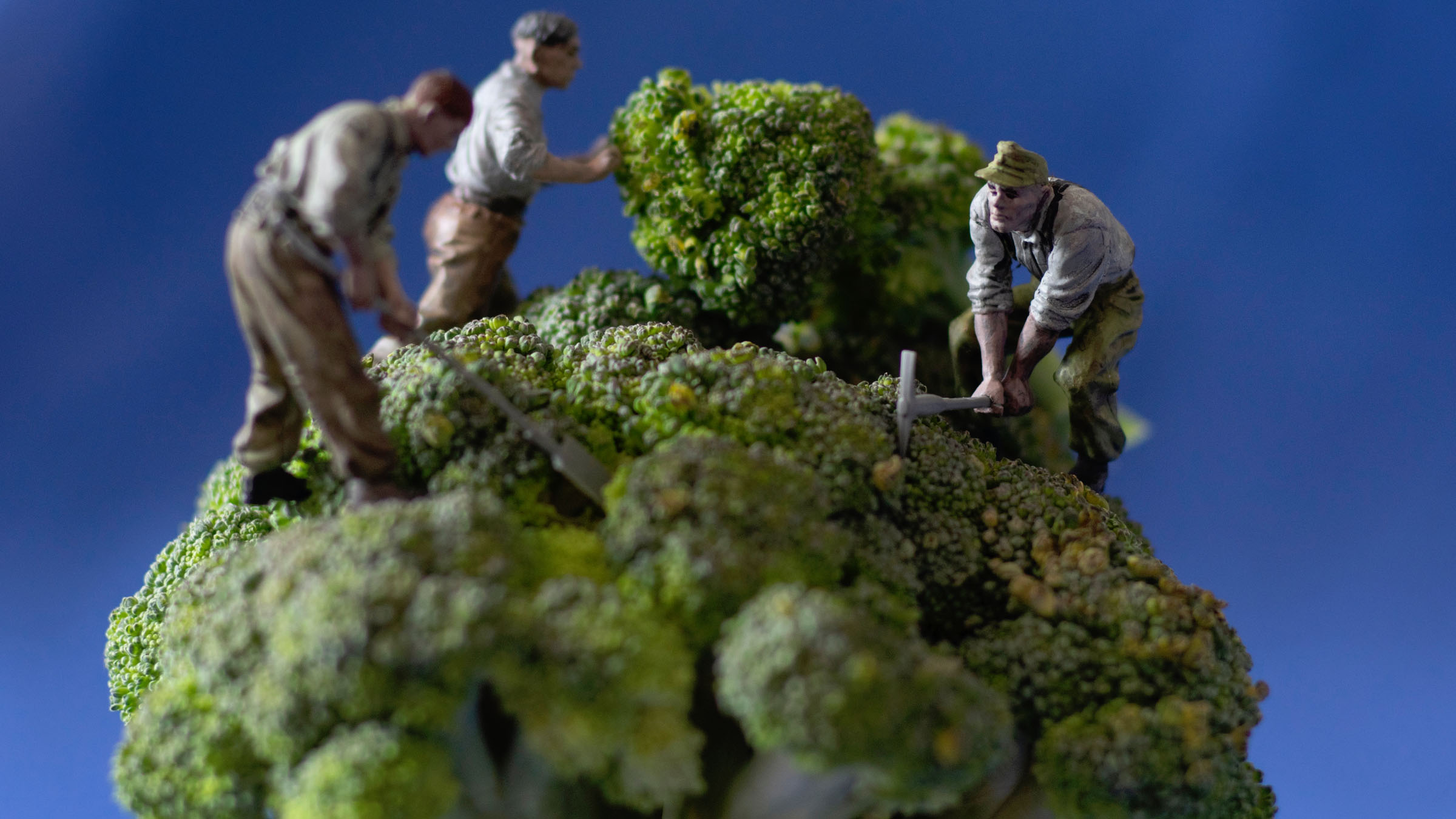

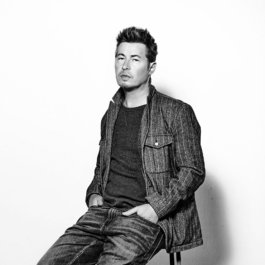
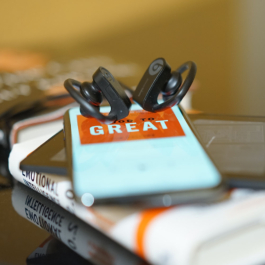
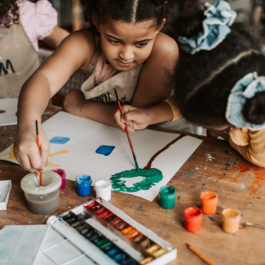

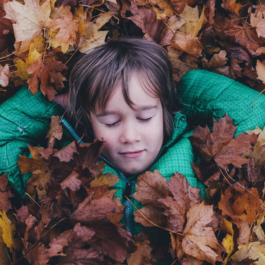
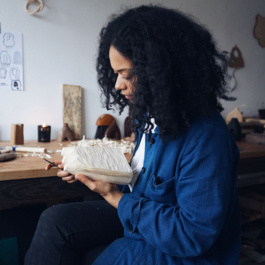
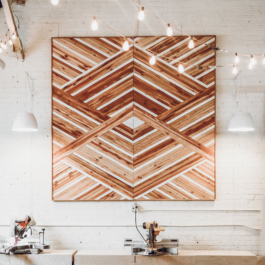
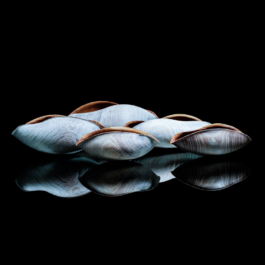
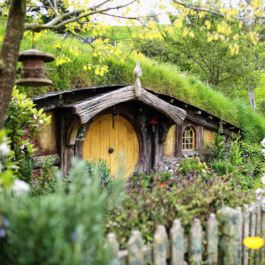

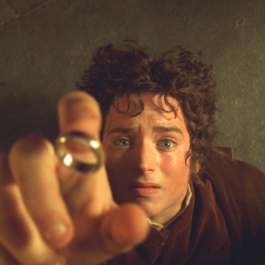
Sorry, the comment form is closed at this time.